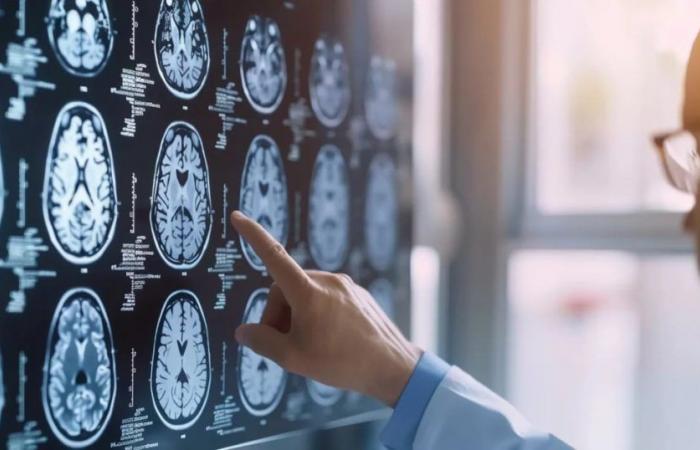
Parkinson’s is a progressive disease that affects the nervous system and parts of the body controlled by nerves. Its symptoms manifest gradually, and They usually begin with a barely noticeable tremor in one hand. However, as the condition progresses, the body’s shaking increases and makes people’s lives more difficult.
In addition to tremor, those with Parkinson’s disease may have muscular stiffnessslowness and difficulty in movements, changes in speech and in writing, among other symptoms.
And although it is a condition that has no cure, in recent years, different treatments seek to mitigate the symptoms and improve the quality of life of patients.
It is the case of the Ultrasound thalamotomy carried out for the first time in Scotland, by experts from the University of Dundee to a 63-year-old patient, diagnosed with the disease six years ago, in 2018. The procedure has been carried out on patients elsewhere in the world on a limited scale, but the technology is not yet widely available
By definition, thalamotomy is a neurosurgical procedure highly specialized that focuses on a brain structure known as the thalamus.
As explained by experts from the University of Navarra, the procedure “consists of creating a lesion in a specific area of the thalamus. to block neurological pathways responsible for symptoms debilitating in movement disorders, such as essential tremor and Parkinson’s disease.
This intervention is mainly performed in patients affected by these neurological disorders. But the novelty is that the one carried out in the United Kingdom used ultrasound high-intensity focused, which allowed do the procedure without incisions.
The doctor Tom Gilbertson He is a consultant neurologist and honorary professor of the Dundee Medical School, and after stating that they have been working with this technique for years in people with essential tremor, he acknowledged that “replicating that for those who live with Parkinson’s, who perhaps would never have dreamed of having such control of their movements again, is a great privilege.”
“We have already witnessed the transformative impact that similar procedures have had for patients living with essential tremor,” he highlighted in a publication from the university itself, which is recognized worldwide as a leader in Parkinson’s disease research.
This is the first treatment carried out in that country, within the framework of a international multicenter clinical trialsince ultrasound thalamotomy is not currently available for patients with Parkinson’s disease.
Ian Keir He was diagnosed with Parkinson’s in 2018 after suffering two years of tremors in his right hand, which prevented him from performing daily tasks.
Retired firefighter, he decided to be part of the research work and undergo treatment because The tremors no longer allowed him to do any of the activities of daily living..
“Making a cup of coffee meant that the coffee invariably spilled everywhere,” he said in the university’s publication. I had to learn to eat only with a fork because cutting food became very difficult.”
He added: “My handwriting was also quite illegible. The tremors affected my right hand, which I used to write, but I never really mastered writing with my left hand.”
The man highlighted the support and understanding of his wife over these years, and although he acknowledged that he was nervous and fearful before receiving the treatment, today he is grateful for having regained his independence.
“It feels like a miracle,” he said, while remarking that His tremors “have completely disappeared.”“It’s like I never had it.”
Now, he says he can do exactly what he did before, from pouring a jug of water to writing, since he has recovered his calligraphy.
The causes of Parkinson’s disease are unknown, although there are some factors that can be triggers, such as genetics or exposure to certain toxins or environmental factors. Likewise, a recent study revealed that people with anxiety have at least twice the risk of developing the disease compared to those who do not have the mood disorder.

